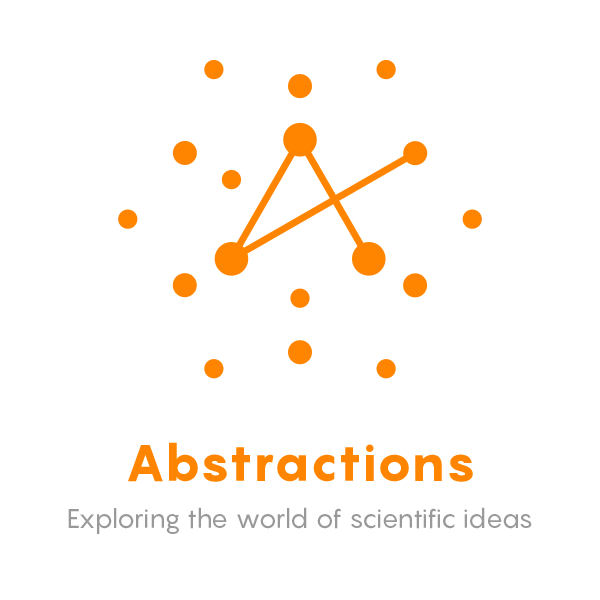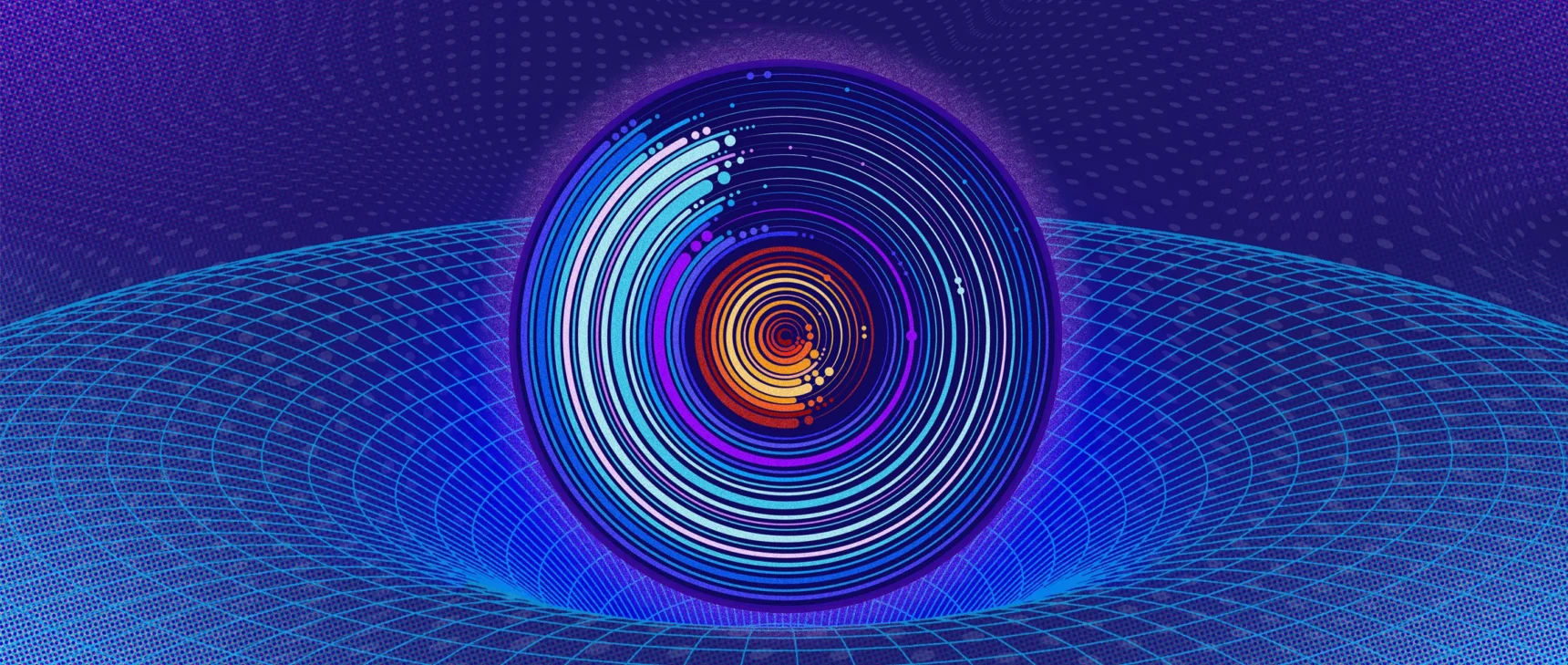Brain’s ‘Background Noise’ May Explain Value of Shock Therapy
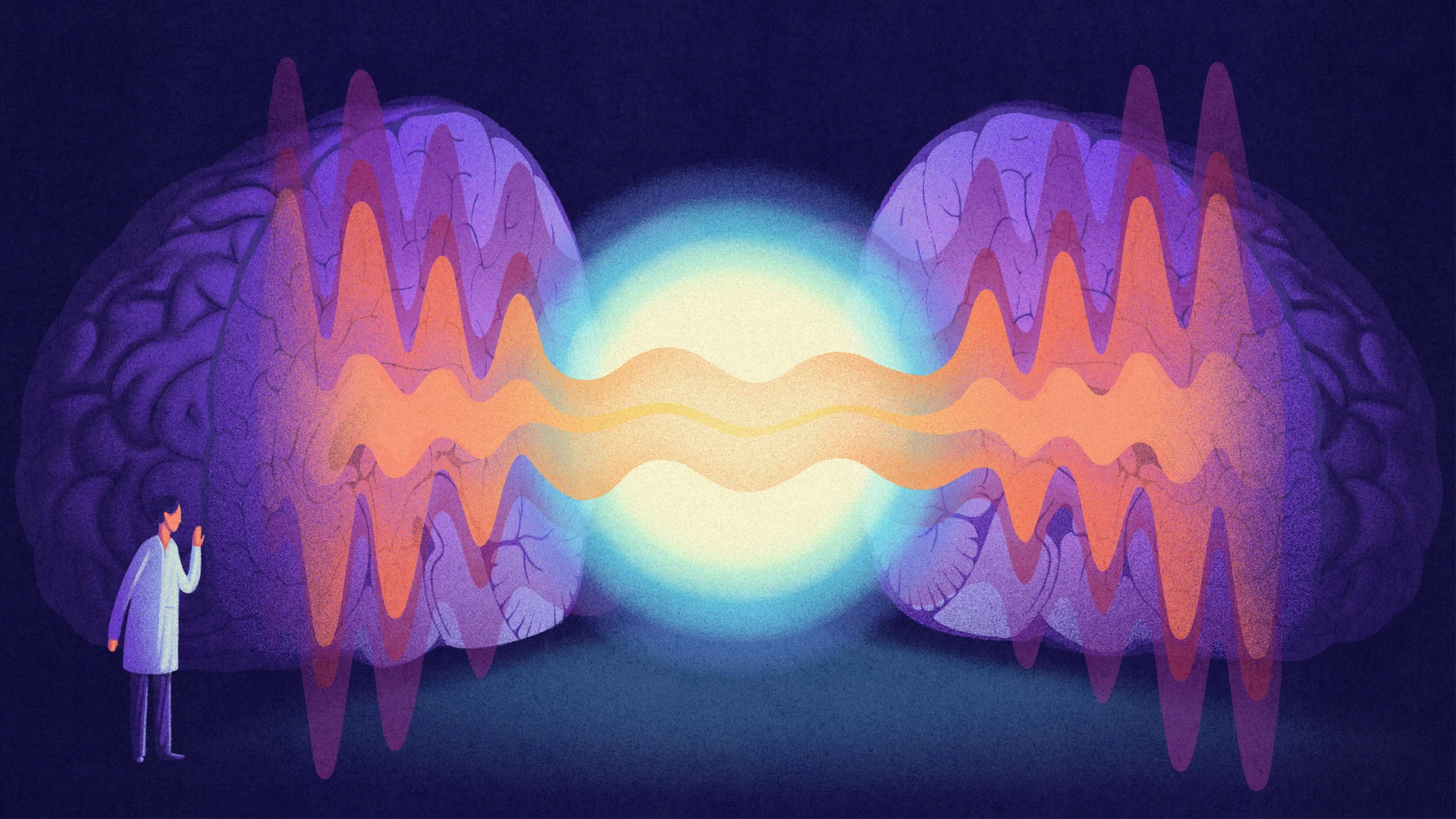
Why does electroconvulsive therapy relieve depression symptoms? New research connects the treatment to the inhibition of neuronal firing in the brain.
Myriam Wares for Quanta Magazine
Introduction
Electroconvulsive therapy has a public relations problem. The treatment, which sends electric currents through the brain to induce a brief seizure, has barbaric, inhumane connotations — for example, it was portrayed as a sadistic punishment in the film One Flew Over the Cuckoo’s Nest. But for patients with depression that does not improve with medications, electroconvulsive therapy (ECT) can be highly effective.
Studies have found that some 50% to 70% of patients with major depressive disorder see their symptoms improve after a course of ECT. In comparison, medications aimed at altering brain chemistry help only 10% to 40% of depression patients.
Still, even after many decades of use, scientists don’t know how ECT alters the brain’s underlying biology. Bradley Voytek, a neuroscientist at the University of California, San Diego, said a psychiatrist once told him that the therapy “reboots the brain” — an explanation he found “really unsatisfying.”
Recently, Voytek and his collaborators paired their research into the brain’s electrical patterns with patient data to explore why inducing seizures has antidepressant effects. In two studies published last fall, the researchers observed that ECT and a related seizure therapy increased the unstructured background noise hiding behind well-defined brain waves. Neuroscientists call this background noise “aperiodic activity.”
The authors suggested that induced seizures might help restore the brain’s balance of excitation and inhibition, which could have an overall antidepressant effect.
“Every time that I talk to someone who’s not in this field about this work they’re like, ‘They still do that? They still use electroshock? I thought that was just in horror movies,’” said Sydney Smith, a graduate student in neuroscience in Voytek’s lab and the first author of the new studies. “Dealing with the stigma around it has become even more of a motivation to figure out how it works.”
About eight years ago, Voytek teamed up with the psychiatrist Maryam Soltani, also at the University of California, San Diego, and her colleagues, who were collecting electroencephalogram data on patients undergoing ECT for diagnosed major depressive disorder. The researchers attached electrodes to the front of the patients’ heads to measure the brain’s electrical output before and after ECT treatment.
Decades of electroencephalogram studies have shown that a healthy brain’s electrical output produces patterns of repetitive oscillations, or brain waves. For example, alpha waves, with frequencies of 8 to 12 hertz, tend to appear during deep relaxation or sleep. Previous research that connected alpha waves with depression led Soltani and Voytek to initially hypothesize that ECT influences alpha waves. If true, that would also help explain why ECT tends to slow certain frequencies in the electroencephalogram output.
But a preliminary analysis of the first two patients showed something different: a marked increase in aperiodic activity or “background noise” coming from the brain.
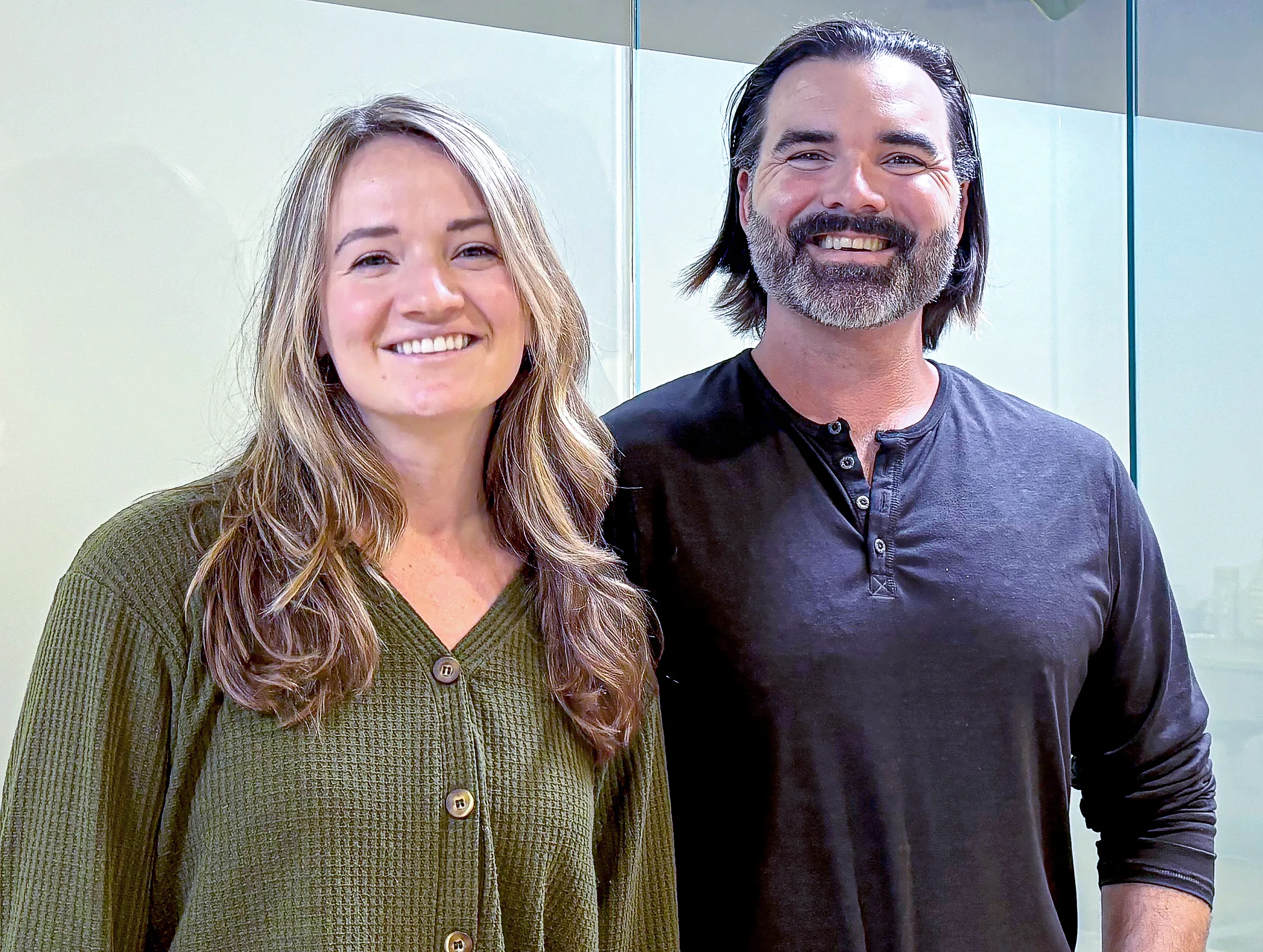
The neuroscientists Sydney Smith (left) and Bradley Voytek hope their research into links between the brain’s “background noise” and electroconvulsive therapy will help patients understand the biological effects of the treatment on their brain.
Pamela Riviere
This background noise has been a hot topic for Voytek’s lab in recent years. Rather than focusing on orderly brain waves, like alpha waves, that appear at known frequencies, Voytek studies the disorderly fuzz in between. Although aperiodic activity generates no obvious pattern on an electroencephalogram, his group has developed statistical tools that reveal its underlying structure. It’s this aperiodic structure that the researchers observed in Soltani’s ECT patient data.
In an initial study of nine patients, published in November 2023 in Translational Psychiatry, the researchers reported that aperiodic activity increased after ECT. Then, in an accompanying study, the neuroscientists tackled larger data sets previously collected from 22 patients receiving ECT and 23 patients receiving magnetic seizure therapy, which uses magnetic fields rather than electric currents to induce seizures. These analyses also found that aperiodic activity tended to increase after the therapies.
Aperiodic activity is thought to relate to the balance of excitation and inhibition in the brain. When a neuron receives a signal from another neuron, it will be either excited or inhibited — that is, either more or less likely to fire. In 2017, Voytek and collaborators published a study in the journal NeuroImage suggesting that aperiodic activity reflects inhibitory processes.
The link between aperiodic activity and inhibition needs more follow-up research. Still, when the researchers put that finding together with their new clinical research, they postulated that the seizure therapies could be inhibiting some groups of neurons, and that inhibition may show up as an increase in aperiodic activity on the electroencephalogram.
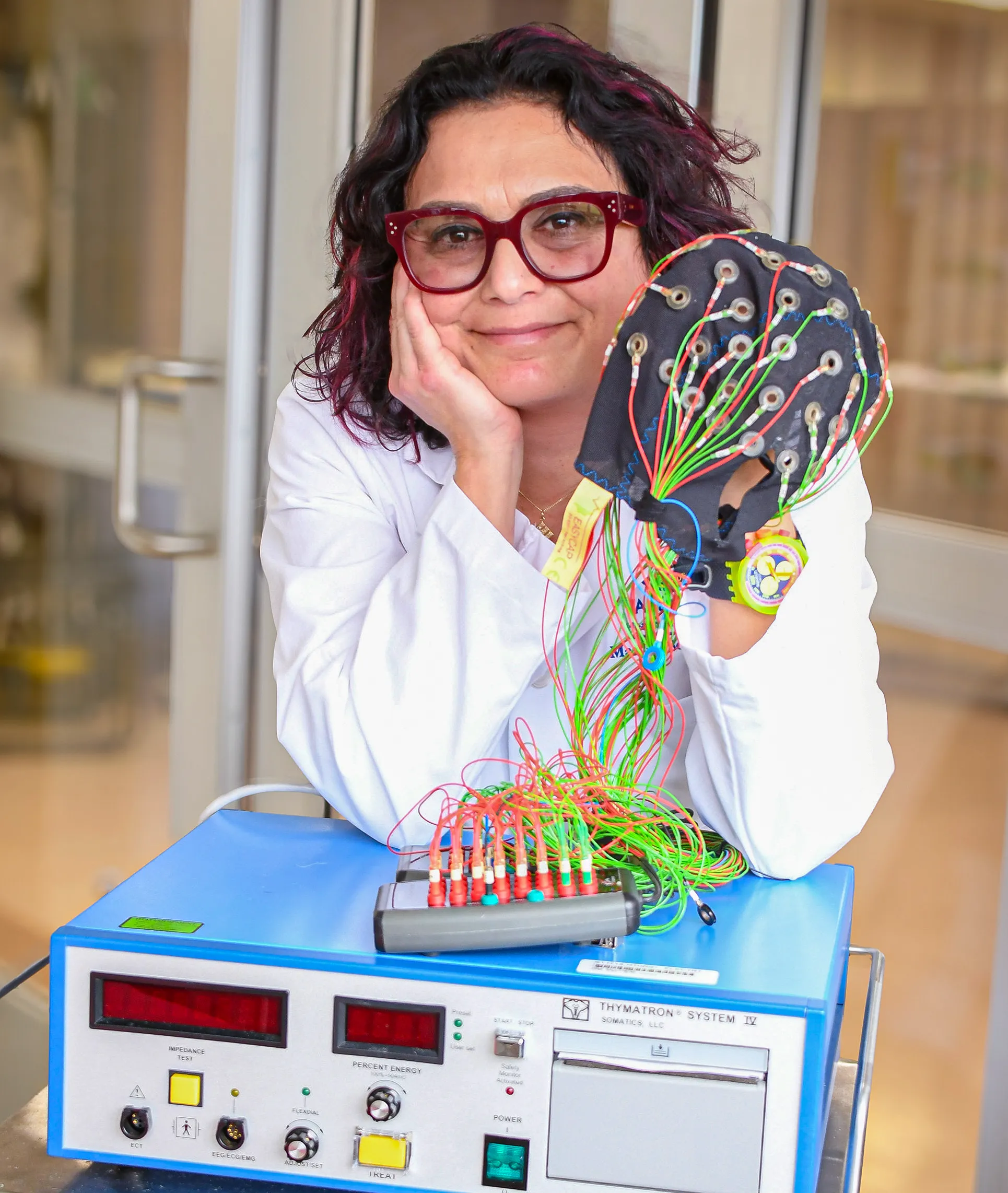
The psychiatrist Maryam Soltani holds the electrode cap patients wear when they receive electroconvulsive therapy. Today the treatment is much safer than when it was first introduced in the 1930s, and patients are typically unconscious during the brief seizures it induces.
Evan Hinkley/VA San Diego
The authors speculated that the inhibitory effect in ECT could be associated with a decrease in depression symptoms. “ECT might ameliorate depressive symptoms by restoring healthy levels of inhibition in frontal cortices,” Smith and colleagues wrote in their initial November 2023 ECT study.
The research team did not design these experiments to show a connection between aperiodic activity and depression. It is possible that the connection exists, but “to prove it is a very different game,” said K. Ranga Rama Krishnan, senior adviser to the CEO of Rush University System for Health in Chicago. Krishnan, who spent several decades overseeing a program that included ECT at Duke University, was not involved in the studies.
To prove it definitively, the researchers would need to study a much larger patient population, Krishnan said, and execute a deliberate experimental design. Still, these papers are “a step in the right direction,” he said.
Another important takeaway is that the electric and magnetic versions of the therapies generated similar shifts in aperiodic activity, said Sarah Lisanby, director of the noninvasive neuromodulation unit at the National Institute of Mental Health, who was not involved in the research. That suggests that it’s not the electric fields in ECT that relieve symptoms of depression, but rather the induced seizure, she said.
Lisanby’s recent research shows that magnetic seizure therapy is as effective as ECT and has fewer and less severe side effects. However, while ECT is commonly available in clinical settings, magnetic seizure therapy has not been approved by the Food and Drug Administration and is only available in the context of research studies.
Smith and Voytek envision that if their results hold up in future studies, aperiodic activity could become a metric that someday helps doctors predict which patients would most benefit from these treatments. While ECT is currently “like a sledgehammer” in its crude delivery to the brain, studying its mechanisms could eventually lead to a more precise, less stressful and more comfortable version of it, Voytek said.
Beyond clinical applications, this line of research can help patients understand what happens in brains during ECT and why they might benefit from it. “At least a part of that conversation about the risks and benefits of receiving this treatment can be like, ‘And this is what we’re trying to change in your brain,’” Smith said.
For a patient, she added, that kind of explanation would be better than comparing the treatment to “a reset button.”
